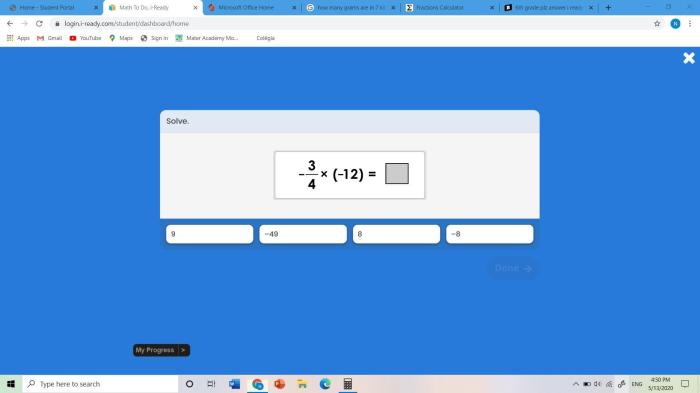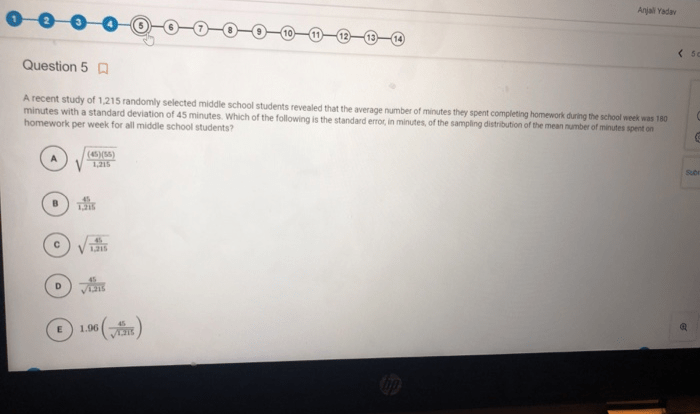The SkillsUSA Medical Math Practice Test is an essential tool for students preparing for careers in the healthcare field. This comprehensive guide provides an overview of the test, key concepts, practice questions, study tips, and test-taking strategies to help you succeed on this crucial assessment.
The SkillsUSA Medical Math Practice Test evaluates your proficiency in essential medical math concepts, including drug calculations, conversions, and patient assessment. These concepts are vital for ensuring accurate medication administration, patient monitoring, and overall patient safety.
SkillsUSA Medical Math Practice Test Overview
The SkillsUSA Medical Math Practice Test is an assessment tool designed to evaluate the knowledge and skills of individuals in the field of medical mathematics.
The test is primarily intended for students enrolled in medical or healthcare programs, as well as individuals preparing for certification exams in the medical field.
Format and Structure
The SkillsUSA Medical Math Practice Test consists of 50 multiple-choice questions covering various topics in medical mathematics, including:
- Dosage calculations
- Medication administration
- Fluid and electrolyte balance
- Vital signs interpretation
- Body surface area calculations
The test is timed, with a duration of 60 minutes. Each question carries equal weightage, and the total score is calculated based on the number of correct answers.
Key Concepts Covered

The SkillsUSA Medical Math Practice Test assesses candidates’ proficiency in fundamental medical math concepts crucial for healthcare professionals. These concepts include:
Drug calculations: Calculating accurate drug dosages based on patient weight, age, and condition is essential for safe and effective medication administration.
Conversions
Conversions between different units of measurement are necessary for accurate drug preparation, patient assessment, and medical device operation.
Patient Assessment
Interpreting and analyzing patient data, such as vital signs and laboratory results, helps healthcare professionals make informed decisions about patient care.
These concepts form the foundation of medical math and are vital for ensuring patient safety and well-being in the healthcare setting.
Practice Questions and Solutions

This section presents a selection of practice questions from the SkillsUSA Medical Math Practice Test. These questions cover various medical math concepts and provide detailed solutions and explanations, demonstrating the step-by-step process of solving medical math problems.
Practicing these questions can help you assess your understanding of medical math principles and identify areas where you may need additional support.
Dosage Calculation
Dosage calculation involves determining the appropriate amount of medication to administer to a patient based on their weight, body surface area, or other factors. The following question demonstrates how to calculate dosage using body weight.
- Question:A patient weighing 150 pounds needs to receive a medication with a dosage of 250 mg per kilogram of body weight. What is the total dosage required for this patient?
- Solution:
- Convert the patient’s weight from pounds to kilograms: 150 lbs ÷ 2.2 lbs/kg = 68.18 kg
- Multiply the patient’s weight in kilograms by the dosage per kilogram: 68.18 kg × 250 mg/kg = 17,045 mg
Therefore, the total dosage required for this patient is 17,045 mg.
Study Tips and Resources

Effective preparation for the SkillsUSA Medical Math Practice Test is crucial for success. Implement the following strategies and utilize recommended resources to enhance your test preparation and achieve optimal results.
To begin, establish a dedicated study schedule and allocate sufficient time for preparation. Prioritize key concepts, focusing on areas where you may require additional support. Regularly review course materials, including textbooks, notes, and practice problems, to reinforce your understanding.
Practice Questions and Solutions
Engage in regular practice by solving numerous practice questions. Utilize the provided practice test to identify areas where you excel and those that require further attention. Analyze your solutions thoroughly, understanding both correct and incorrect answers. This process strengthens your problem-solving abilities and enhances your confidence.
Additional Resources
Supplement your preparation with additional resources to broaden your understanding. Consider textbooks that provide comprehensive coverage of medical math concepts, such as “Medical Mathematics” by Sharma and Young. Online courses, such as those offered by Coursera or edX, provide interactive learning experiences and expert instruction.
Joining a study group can be beneficial for collaborative learning and support. Engage with peers, discuss challenging concepts, and share insights to enhance your comprehension and retention.
Test-Taking Strategies

Preparing for the SkillsUSA Medical Math Practice Test is essential, but implementing effective test-taking strategies can further enhance your performance. This section will guide you through general strategies that can help you succeed on the test, including time management, question selection, and managing stress during the exam.
Time Management
- Preview the test:Before starting, take a few minutes to skim through the test and note the number of questions, time allotted, and question types.
- Allocate time wisely:Determine how much time you can spend on each question based on its difficulty and point value.
- Use the process of elimination:If you are unsure of an answer, eliminate the options you know are incorrect to narrow down your choices.
Question Selection
- Start with easy questions:Begin with questions you are confident in to build momentum and reduce stress.
- Prioritize high-value questions:Questions worth more points should receive higher priority.
- Skip difficult questions:If you encounter a challenging question, mark it and return to it later if time permits.
Managing Stress
- Stay calm and focused:Take deep breaths and remind yourself that you have prepared for this.
- Avoid negative self-talk:Negative thoughts can hinder your performance. Replace them with positive affirmations.
- Take breaks:If you feel overwhelmed, take a short break to clear your head and refocus.
Sample Table: Skillsusa Medical Math Practice Test
A sample table can be used to organize practice questions, their solutions, and explanations. This format provides a clear and structured overview of the key concepts covered in the practice test.
The table should include the following columns:
- Question:The practice question.
- Concept:The medical math concept being tested.
- Solution:The correct answer to the question.
- Explanation:A brief explanation of the steps involved in solving the question.
Populating the Table
The table can be populated with a variety of practice questions that cover the key concepts in medical math. Some examples of practice questions that could be included in the table are:
- Calculating medication dosages
- Converting between different units of measurement
- Interpreting medical charts and graphs
li>Calculating body mass index (BMI)
The solutions and explanations for each question should be clear and concise, providing step-by-step instructions on how to solve the problem.
Sample Bullet Points
The SkillsUSA Medical Math Practice Test covers a wide range of concepts essential for success in the field of healthcare.
The key concepts include:
Dosage Calculations
- Calculating dosages based on patient weight, age, and body surface area.
- Converting between different units of measurement (e.g., mg to g, mL to L).
- Using dimensional analysis to solve dosage problems.
Medication Administration
- Understanding medication orders and abbreviations.
- Calculating the correct dosage and route of administration.
- Preparing and administering medications safely and accurately.
Fluid and Electrolyte Balance, Skillsusa medical math practice test
- Calculating fluid and electrolyte needs.
- Monitoring fluid and electrolyte levels.
- Correcting fluid and electrolyte imbalances.
Laboratory Values
- Interpreting laboratory test results.
- Identifying normal and abnormal values.
- Using laboratory values to make clinical decisions.
Vital Signs
- Measuring and interpreting vital signs (e.g., temperature, pulse, respirations, blood pressure).
- Recognizing abnormal vital signs.
- Using vital signs to assess patient status.
Medical Terminology
- Understanding medical terminology related to the healthcare field.
- Using medical terminology correctly in written and verbal communication.
- Decoding medical abbreviations and acronyms.
Other Concepts
- Basic math skills (e.g., addition, subtraction, multiplication, division).
- Algebraic equations.
- Graphing.
FAQ Guide
What is the purpose of the SkillsUSA Medical Math Practice Test?
The SkillsUSA Medical Math Practice Test is designed to assess students’ proficiency in essential medical math concepts and prepare them for careers in the healthcare field.
What concepts are covered on the SkillsUSA Medical Math Practice Test?
The test covers key medical math concepts such as drug calculations, conversions, and patient assessment.
How can I prepare for the SkillsUSA Medical Math Practice Test?
Utilize the practice questions, study tips, and test-taking strategies provided in this guide to enhance your preparation.
What is the importance of medical math in healthcare?
Medical math is crucial for ensuring accurate medication administration, patient monitoring, and overall patient safety.


